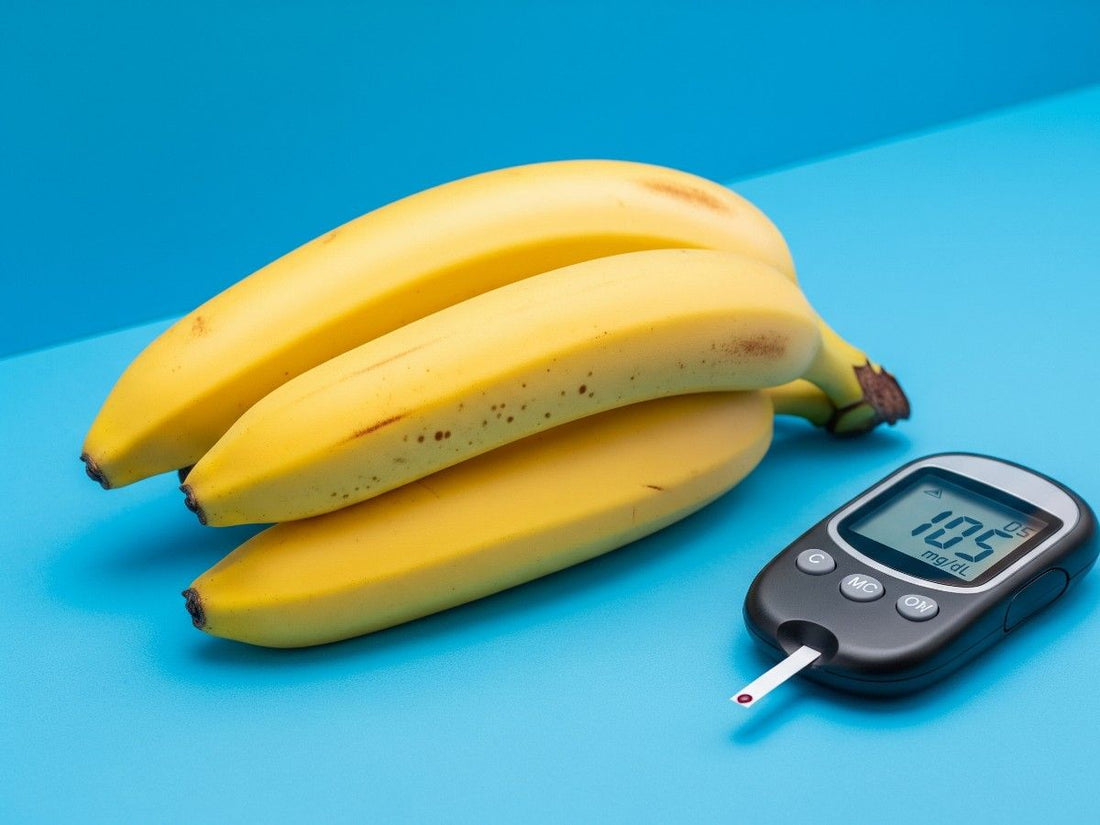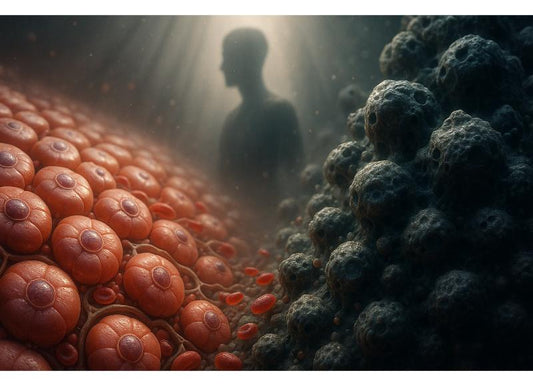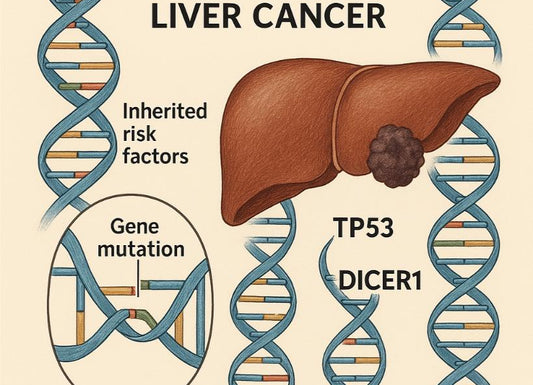Do Bananas Cause Blood Sugar Spikes? What You Need to Know
 Written By
Blen Shumiye, MD
Written By
Blen Shumiye, MD

Bananas are one of the world’s most popular fruits. They’re convenient, inexpensive, naturally sweet, and packed with nutrients. But for people who monitor their blood sugar whether due to diabetes, prediabetes, insulin resistance, or simply general health concerns, bananas often raise questions.
Do bananas cause blood sugar spikes? Should people with diabetes avoid them? Or are bananas actually a healthy addition to the diet when eaten correctly?
This article takes a deep dive into the science of bananas, carbohydrates, glycemic impact, and practical eating strategies. By the end, you’ll have a clear understanding of how bananas affect blood sugar and whether they belong in your diet.
What happens to your blood sugar when you eat bananas?
When you eat carbohydrates, your body breaks them down into glucose, which enters your bloodstream. This causes your blood sugar to rise and signals your pancreas to release insulin. A blood sugar spike happens when that rise is quick and sharp.
Bananas contain natural sugars and starch, so they do increase blood sugar. The degree depends on the banana’s size and ripeness. For most people, the effect is moderate rather than extreme.
How many carbs are in a banana?
The carbohydrate content depends on size:
-
Small banana (6 inches, ~100 g): ~23 g carbs
-
Medium banana (7–8 inches, ~118 g): ~27 g carbs
-
Large banana (8–9 inches, ~136 g): ~31 g carbs
A medium banana contains about 14 g of natural sugar, 3 g of fiber, and the rest starch. Fiber helps slow digestion, which means the sugars are released into your bloodstream more gradually much like the way fiber-rich foods are recommended in fasting glucose management.
Does ripeness matter for blood sugar?

Yes. Ripeness changes the type of carbohydrate inside the banana:
-
Green or unripe bananas: Higher in resistant starch, which behaves like fiber and digests slowly. This means a gentler effect on blood sugar.
-
Yellow bananas: Contain a mix of starch and sugar, leading to a moderate effect.
-
Spotted or very ripe bananas: Mostly sugar, digested quickly, more likely to cause a sharp rise.
If you’re sensitive to blood sugar swings, slightly green or just-ripe bananas may be a better choice — especially if you already notice dizziness after eating.
What is the glycemic index of bananas?
The glycemic index (GI) measures how fast a food raises blood sugar. Foods are ranked 0–100, with higher numbers meaning quicker spikes.
-
Bananas have a GI of 42–62, depending on ripeness. This puts them in the low to moderate range.
The glycemic load (GL) considers both GI and how many carbs are in a serving. A medium banana has a GL of about 14, which is moderate. This means bananas can raise blood sugar, but not as sharply as foods like white bread or soda.
How do bananas compare to other fruits?
Compared to some fruits, bananas fall in the middle:
-
Apples: GI ~36, GL ~6 (lower impact)
-
Oranges: GI ~43, GL ~5 (lower impact)
-
Grapes: GI ~59, GL ~11 (similar impact)
-
Pineapple: GI ~59, GL ~12 (higher impact)
-
Watermelon: GI ~72, GL ~4 (high GI but low GL because it has little carbohydrate per serving)
So bananas are higher than apples or oranges but lower than pineapple.
If you’re curious about what drinks and fruits lower glucose fastest, see our article on what to drink to lower blood sugar immediately.
What nutrients do bananas provide besides sugar?
Bananas aren’t just about sugar — they’re nutrient-dense. A medium banana provides:
-
Potassium: Helps control blood pressure and fluid balance
-
Vitamin B6: Supports metabolism and brain health
-
Vitamin C: An antioxidant for immune support
-
Magnesium: Important for nerve and muscle function
-
Fiber: About 3 g, which helps slow digestion
These nutrients make bananas healthier than processed carb sources like cookies or candy.
Do bananas affect everyone’s blood sugar the same way?
Not exactly. Research shows individual responses vary. Some people see only a small blood sugar rise, while others see more. Factors include:
-
Insulin sensitivity
-
Time of day
-
Activity level
-
What else you ate
-
Gut microbiome differences
This is why testing your own blood sugar (with a glucose meter or continuous glucose monitor) can help you see how bananas affect you personally.
How can you eat bananas without spiking your blood sugar

For those who want to include bananas in their diet without large spikes, several strategies can help:
1. Portion Control
-
A small banana (about 6 inches) has fewer carbs and lower glycemic load than a large one.
-
Halving a banana or choosing mini bananas reduces the carb impact significantly.
2. Pair with Protein or Fat
-
Eating a banana with nut butter, Greek yogurt, or cheese slows digestion and reduces the blood sugar rise.
-
Protein and fat help balance the carbohydrate load.
3. Choose Less Ripe Bananas
-
Slightly green bananas have more resistant starch and less sugar, making them a lower-GI choice.
-
They also help feed beneficial gut bacteria.
4. Eat with High-Fiber Foods
-
Pairing bananas with oats, chia seeds, or flaxseeds increases fiber, slowing absorption.
-
For example, a banana in oatmeal has a gentler effect than a banana eaten alone.
5. Time It Around Exercise
-
Eating bananas before or after physical activity allows muscles to use glucose more efficiently, reducing blood sugar spikes.
-
Athletes often use bananas as quick fuel.
Can people with diabetes eat bananas?
Yes, but portion and balance matter. The American Diabetes Association encourages including fruit in a balanced diet. Bananas aren’t “off-limits.”
Tips if you have diabetes:
-
Stick to small or half portions.
-
Pair with protein/fat.
-
Monitor your blood sugar to see your personal response.
-
Count the carbs if you take insulin.
Bananas can be part of your plan just avoid eating them in isolation or in large amounts.
Who should be cautious with bananas?

Bananas are safe for most people, but a few groups should be cautious:
-
People with poorly controlled diabetes: Until blood sugar is stabilized.
-
Those on strict low-carb or keto diets: Bananas may not fit the carb allowance.
-
People with kidney disease: High potassium foods like bananas may need to be limited.
What does research say about bananas and blood sugar?
Several studies shed light on how bananas influence glucose:
-
Resistant starch: Green bananas are a source of resistant starch, which has been linked to improved insulin sensitivity and lower blood sugar after meals.
-
Fruit and diabetes risk: Large population studies show that higher fruit consumption overall is associated with lower risk of type 2 diabetes, not higher. Bananas are often included as part of these beneficial dietary patterns.
-
Individual variability: Recent personalized nutrition studies emphasize that different people respond differently to the same fruit, including bananas, reinforcing the importance of self-monitoring.
So, do bananas cause blood sugar spikes?
Yes, bananas raise blood sugar — but usually moderately, not severely. How much depends on:
-
Banana size and ripeness
-
What you eat with it
-
Your personal metabolism
For most people, bananas can be enjoyed as part of a balanced diet. With portion control and smart pairing, you can eat bananas without large spikes.
Final Verdict: Do Bananas Cause Blood Sugar Spikes?
Yes, bananas can raise blood sugar—they are a carbohydrate-rich fruit. However, the degree of spike depends on ripeness, portion size, individual metabolism, and what foods they’re paired with.
For most people, bananas cause a moderate rise rather than a sharp spike. With strategies like portion control and combining with protein or fiber, bananas can fit comfortably into a balanced diet even for people with diabetes.
Bananas should not be feared or labeled as “bad.” Instead, they should be enjoyed thoughtfully as part of a whole-food diet.
If you’re curious about how your body responds to foods like bananas, consider trying Ribbon Checkup’s at-home metabolic health test. It can give you insights into your blood sugar patterns and help you make confident food choices.
Related resources
References
Donahue, A. (2024, October 10). The Glycemic Index of Bananas: Analyzing the Impact on Blood Sugar. Nutrisense.io. https://www.nutrisense.io/blog/bananas-and-blood-sugar?srsltid=AfmBOoof0pbEzfprr9n1tFhKnafFIZKbqiW8021kOKww-Av2idQKP-XO
https://www.facebook.com/WebMD. (2019, August 23). What Are the Best Fruits for Diabetes? WebMD. https://www.webmd.com/diabetes/fruit-diabetes
Nall, R. (2019, April 24). Can people with diabetes eat bananas? Medicalnewstoday.com; Medical News Today. https://www.medicalnewstoday.com/articles/319992
West, H. (2016, July 21). How Bananas Affect Diabetes and Blood Sugar Levels. Healthline; Healthline Media. https://www.healthline.com/nutrition/bananas-diabetes#carbs

Dr. Blen is a seasoned medical writer and General Practitioner with over five years of clinical experience. She blends deep medical expertise with a gift for clear, compassionate communication to create evidence-based content that informs and empowers. Her work spans clinical research, patient education, and health journalism, establishing her as a trusted voice in both professional and public health spheres.



